About 10 years ago I was fortunate to meet Rory Costelloe, a talented and creative man who I found inspiring on so many levels. It was through my love of outrigger canoeing and many years of paddling that I met Rory, a successful businessman, and someone who would always find time for being outdoors. Sometimes it meant we would be paddling along and I would think Rory was talking to the crew but he was on a work call, all the while, paddling away! Over the years, I was fortunate to spend time with Rory and his family in their home, which is filled with beautiful artworks. The sculptures in the house, as well as outside in the gardens, are just spectacular. It was great to learn he had transferred his love of sculpture into his business also, which led me to wanting to share his story with you on TMHS.
TMHS: Tell me a bit about what you do in business.
RC: Firstly Sarah, I am flattered you have asked an old bugger to do an interview! I started Villawood Properties nearly 25 years ago in Bendigo. We are greenfield land developers predominantly in Victoria, but in recent years expanded into NSW and QLD creating new communities that are innovative and sustainable.
TMHS: I’ve notice you have a love of sculpture. What draws you to sculpture over other mediums of artwork?
RC: As a civil engineer, perhaps it’s the size and 3D nature of sculptures that interests me the most. I much rather spend time in the garden with sculptures around me, than go to an Art Gallery. My wife and four daughters love to spend time looking at the Art Galleries around Queenscliff so we have quite a few paintings from there, mainly earthy Australian themes.
TMHS: Tell me of some of the art pieces you have in your home?
RC: At home we have works by two sculptural artists. I first met Folko Kooper at the Melbourne International Flower & Garden Show in 2003 and he has been creating sculptural masterpieces for me ever since. Folko’s creations are featured across most of our Villawood communities and also around our garden, a three leaf sculpture and bird baths. The following year at the Flower Show I met Yvonne George, a sculptor from Bendigo. Yvonne had created some wonderful pieces using copper and other metals, and a number of her works also feature at our home; a giant pod in the hallway that hangs five metres tall from ceiling to floor, and a poolside wire woven basket. The biggest problem I had was getting a 5m tall sculpture into the house!
TMHS: How did you start to incorporate your love of sculpture into your business? How is this continuing from when you first started to now?
RC: In land development, people think that to make a statement, you need to install a large entry statement – frankly, I consider this to be gaudy and a waste of money. Sculptures on the other hand, are much longer lasting and have an impact on a community’s pride of place. When I first met Folko, he had a sundial displayed that was about 400mm in diameter and I asked him if he could make me a much larger one (I showed him with my hands, as wide as my arms could stretch out!). He came up with an amazing 2 metre sundial made of the metal rim of dray wheels (horse and cart wheels). For the last 10 years, he has created bigger and more innovative sculptures, incorporating nature and wildlife themes, with the tallest one so far, being a 13 metre tall dragonfly perched on reeds. Yvonne George does many of our sculptures for regional projects.
TMHS: Tell me of some of the art pieces you have used in business projects?
RC: We recently installed a giant eagle in Sydney with an 8 metre wingspan that hovers over train commuters at Schofield Station. Once again Folko had 30cm tall rusty stiletto and a hand bag at the flower show, both filled with small cactus. I asked him to make them huge so now there is a six metre tall handbag and three metre tall pair of stiletto heels on the Ring Road in Geelong. They certainly attract a lot of attention and comment from the community! Pelicans, cockatoos, penguins, butterflies and many more, have become our signature across our projects. Many people love to stop to get a photo with them.
TMHS: You are a big traveller and since I have known you, you have travelled all over the world to some amazing places. Has your love of travel helped fuel your love of design? Tell me of some of the places you have travelled to – and the ones that have played a bigger part in inspiring you.
RC: Travel has certainly been my main incubator of new ideas. The trick is not just to see something wonderful, but to apply it to your own use. I take thousands of photos when I travel and file them in various folders, so I now have a wonderful library of ideas. When someone talks about a new idea, it prompts me to think about something I’ve seen before and pull out a photo. My latest craze is going to be really cool street art and green walls on our Community Centres.
I have been lucky enough to travel to every continent of the world including Antarctica, where I was once paddling in a Kayak by myself amongst brash ice about 1km away from our yacht, when a humpback whale popped up 20 metres in front of me! I was at sea for 24 days and every 2-3 days there was at least one amazing and surreal experience.
TMHS: Who are some of the artists you have purchased works from? Do you approach the artists after you have seen their works or do you call for submissions?
RC: With our two favourite artists Folko and Yvonne, the process is now a collaborative one, where we brain storm ideas together and then commission the works.
TMHS: What type of criteria do you look at when selecting works – both for home and business?
RC: I just look for whatever takes my eye. I see something that I like or an element of something I like and that evolves the concept. I prefer to have sculptures of natural elements such as birds, animals and plants. The modern trend is laser cut contemporary sculptures but I believe our residents appreciate the natural look.
TMHS: Do you have a favourite sculptor?
RC: Probably Folko – at his own home in Hobart, a restored Georgian mansion on acreage, he has hundreds of sculptures littered around his historic renovated garden! It’s inspiring to see. And he is an amazing cook!
TMHS: You are a fan of bright and colourful shirts. Do you have any favourite designers?
RC: I have about 25 different shirts from Australian designer David Smith and 6 shirts/T-shirts from overseas brand Desigual. The best thing about colourful shirts is that you don’t need to wear a tie with them!
TMHS: You wear suits for working, any favourite designers?
RC: I don’t go overboard on expensive designer suits. I like a nice and comfortable slim fit suit from a great shop in Geelong called Eddy Elias. Andrew Durante who owns the store is wonderful. I just wander in and he tells me what the latest trend is and gives me colour coordination advice. You can look good in a $350 suit as long as it fits well, then your shirt creates the impact!
TMHS: What type of shoes would I expect to see you wearing to work?
RC: I used to wear daggy old shoes and one day one of my JV partners said to me, “Mate, we’ve gotta get you out of those mining boots!”. So he took me shopping to Bridge Road in Richmond and I bought my first pair of designer shoes. I have never looked back since!
TMHS: Three things you can’t do without in your day?
RC: My phone, my laptop and some kind of outdoor activity.
TMHS: What do you do when you are not working?
RC: Anything outside that does not need an engine: triathlons, ocean swims ,adventure racing, ocean kayaking, running, mountain bike riding, surfing and of course outrigger canoeing where I first met you. I am a jack-of-all-trades and master of none! They are great stress relaxation in the stressful world of property. In my travels the last six months I have been fortunate enough to jog through Kensington Gardens, Hyde Park and Central Park, kite surfed on Lake Como, and completed triathlons in Miami, Lake Iseo and Noosa. I believe those who excelled at sport and were competitive when they were young often lose interest when they are no longer competitive, whereas those who were not as skilful and competitive in their youth, like myself, take up sport later on, and continue to play until late in life. Just look at how many triathletes there are in the 35-55 year age groups!
TMHS: Favourite quote?
RC: One of my old mentors Paul Tomkinson always told me, “leave a dollar in it for the next bloke”.
A sad one is : “Blood is thicker than water but money is thicker than blood.”It is a very poor reflection on our society that I’ve experienced time and time again in the property industry, seeing families fighting over money and property.
TMHS: Any last words?
RC. I take risks in many things I do based on the 80/20 rule. 80% of the time things work out better, then 20% of the time it could be a complete stuff up. That leads to doing many random things, for example turning up at the Athens and London Olympics with no tickets, but seeing most sports!
Villawood Properties – www.villawoodproperties.com.au
Yvonne George – www.yvonnegeorgesculptor.com
Folko Kooper – www.koopertasmania.com
David Smith – www.davidsmithaustralia.com.au
Photographs 1-5
Michael Chambers
Photography . Graphic Design . Video
mick@mickpik.com
www.mickpik.com
Final photograph (sunset sculpture):
Kathryn Potempski
Dreamscope Photography
www.dreamscopephotography.smugmug.com

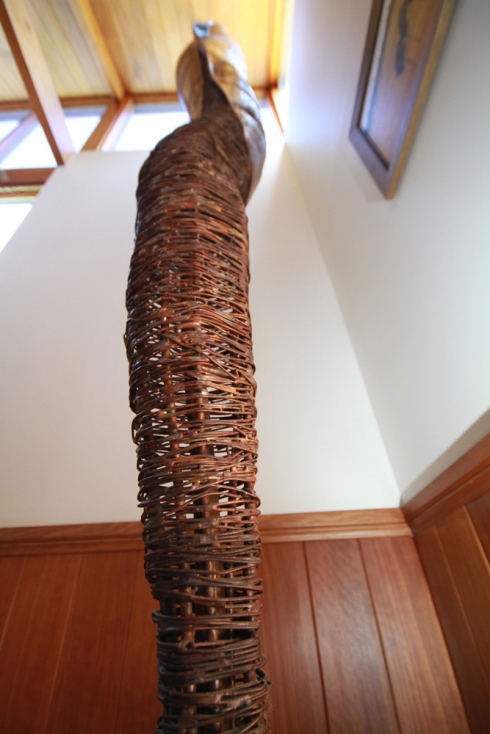
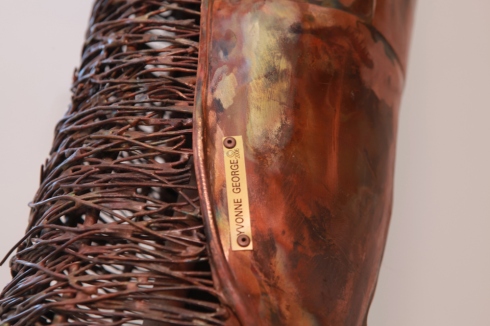


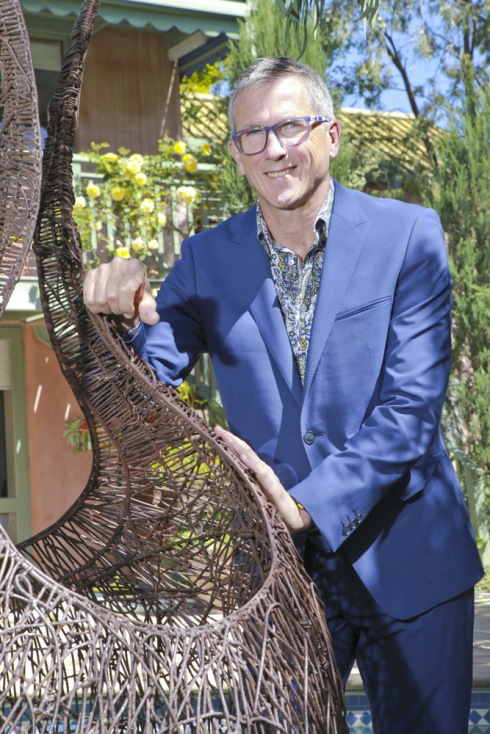

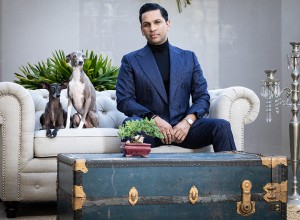
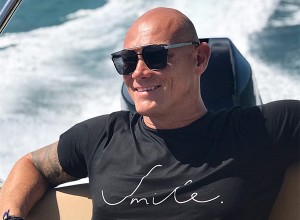
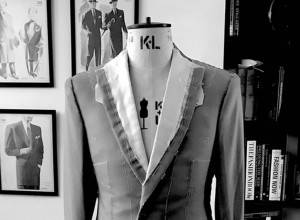
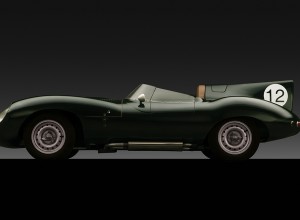
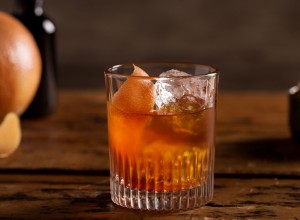
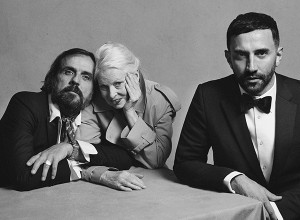
Leave a Reply